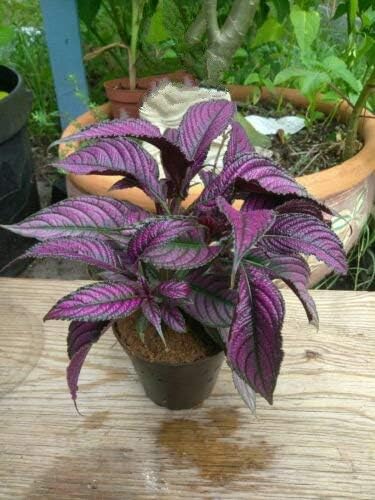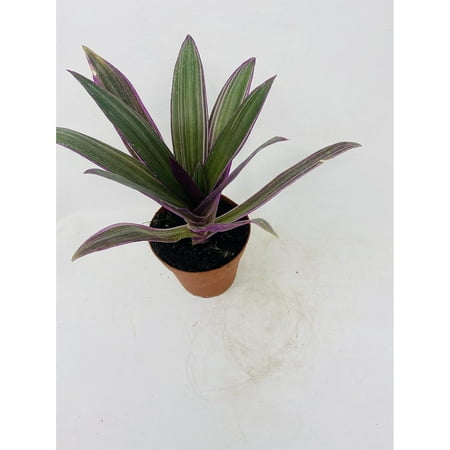Common Houseplants with Purple Leaves — 5 Names to Learn to Up Your Plant Parent Knowledge
Use these houseplants with purple leaves to mix in colorful foliage for spectacular indoor plant displays

Houseplants with purple leaves bring a unique beauty to an indoor garden. Where green plants offer vibrancy, those with purple foliage lend a dreamy decadence to a display.
Once associated with rarity, royalty, magic and mystery, purple pigments are still revered when it comes to plants. For maximum impact, group purple plants of different shades together in your indoor garden. Or mix them with green foliage and species that have variegated leaves with mixed and mottled tones.
It may be the secret to making your plants look better — but you'll need to know which houseplants with purple leaves to look out for, too.
1. Wandering Dude (Tradescantia Zebrina 'Violet')
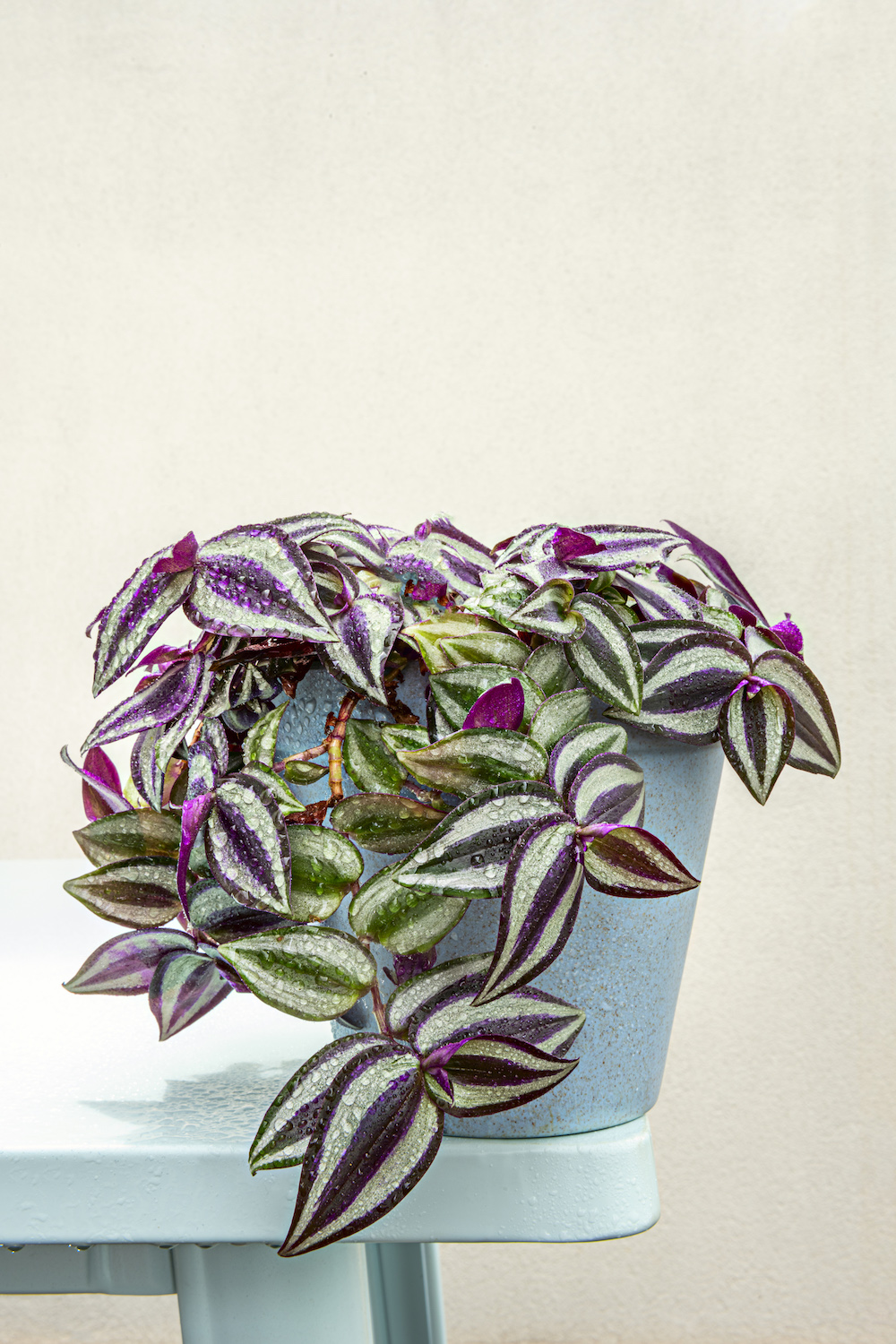
This fast-growing plant is not only an eye-catching way of decorating with plants, with its purple toned leaves, it's easy to care for too. It actually gets its name from its ability to thrive in different environments, so it's not too fussy where it's placed. It's pretty forgiving if you forget to water it too.
'This vine is a popular hanging basket plant,' says Lisa Eldred Steinkopf, author of Houseplants. 'Its attractive, iridescent, striped leaves shimmer in the light. It does best in a medium to bright light.
'Keep the potting mix moist but not too wet. If it's too wet, stem and root rot can set in. However, because the stems are succulent, it is forgiving of drying out temporarily.'
2. Purple shamrock (Oxalis Triangularis)
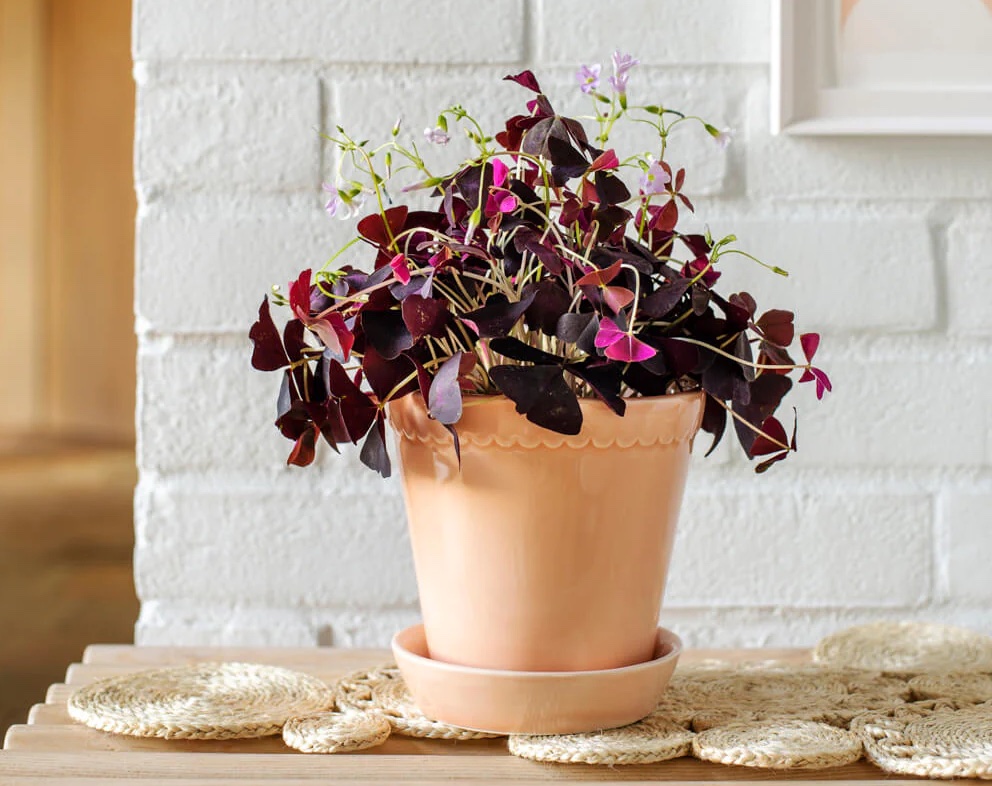
This unusual houseplant is often referred to as wood sorrel or Purple Shamrock, due to the triangular formation of its heart-shaped leaflets.
The Livingetc newsletters are your inside source for what’s shaping interiors now - and what’s next. Discover trend forecasts, smart style ideas, and curated shopping inspiration that brings design to life. Subscribe today and stay ahead of the curve.
Native to the Brazilian rainforests, Oxalis Triangularis likes a well-draining potting mix. Like many plants it doesn't do well in soggy soil, so leave it to dry out a little between waterings.
'Oxalis triangularis was one of the first houseplants I grew as a kid,' says Justin Hancock, horticulturalist at Costa Farms. 'It features dark purple leaves divided into three triangular leaflets (hence its botanical name) that open and close at night.
'And it produces sprays of pinkish-white flowers from late winter to summer. Oxalis likes bright light, moist soil, and average to above-average relative humidity.'
'Oxalis are prolific plants, in fact they are so prolific, they are considered weeds by some,' says The Sill's plant expert. 'This plant thrives in bright, indirect sunlight and may go through winter dormancy if kept as a houseplant. Give it some fertilizer and more light and it will grow back.'
3. Painted nettle (Coleus scutellarioides)

Coleus is often grown outdoors as a ground cover plant, but it can be cultivated indoors as a houseplant too. Loved as a houseplant with colorful leaves, which range from purple, pink and burgundy to yellow, coral and red, Coleus is a striking addition to a plant display.
'While Coleus is often seen indoors on Instagram, it needs higher light levels than the average home has to truly thrive,' cautions Justin Hancock at Costa Farms. 'However, if you have a really bright spot inside, you can enjoy this tropical perennial’s colorful foliage all year long.
'If you don’t have enough light, the plant may not produce good color, it may grow long and stretchy, and/or be weak, brittle, and more susceptible to attack from disease or pests.
'Coleus will grow well under natural or artificial light (or a mix of both), so don’t fret if you don’t have a sunny window for it. It does best where it casts a strong shadow throughout the day.
'Water it when the top couple of inches of the potting mix are dry to the touch and keep it away from hot or cold drafts. Average household temperatures are fine, and though average household humidity levels are usually okay, it typically prefers above-average relative humidity.
'If your plant produces lanky growth, you can trim it back periodically. Trimming it back will force new growth and side shoots to help it look more full and lush. The clippings can be planted or set in water to propagate and make new plants to share with friends and family.'
4. Persian Shield (Strobilanthes dyerianus)

With its purple, iridescent leaves, Persian Shield, aka 'royal purple plant' is one to include if you want to lift your indoor garden out of the ordinary.
Native to Myanmar (formally Burma), it's a rainforest plant that likes warm temperatures and a humid environment, meaning its one of the best plants for bathrooms. Persian shield grows under trees in the wild, so will do well in dappled light.
'Persian Shield's like partial shade whether kept as a houseplant or outside,' says gardener Roy Finley, garden instructor at Masterclass. 'Their purple leaves will fade if they're exposed to constant, direct sunlight.
'They like moist, slightly acidic soil between pH 5.5-7.5 and may need to be fertilized a few times a year, if kept indoors.'
5. Moses in the cradle (Rhoeo Spathacea)
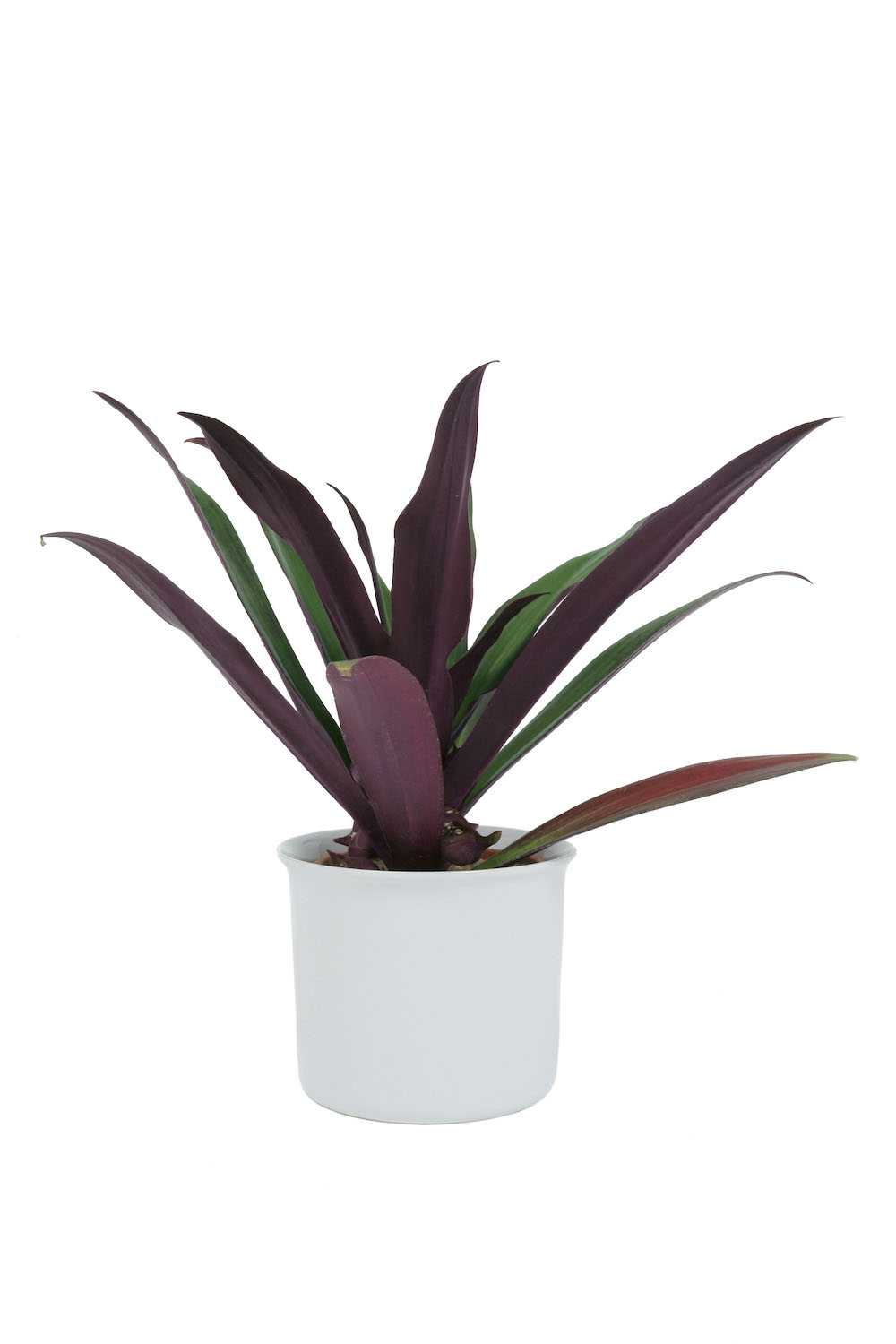
Rhoeo Spathacea gets its nickname from the small white flower that pops up cradled between two bracts, and is also known as the oyster plant for this reason. If you prefer its foliage without the flowers, the little buds can be pinched off.
'This plant used for groundcover in the south, makes a good low to medium light houseplant too,' says Lisa Eldred Steinkopf. 'The upward pointing leaves allow the purple undersides to show.
'If it is not a variegated cultivar, this plant can take a low to medium light such as a north or east window. If it has variegation, a medium to bright light is recommended, ideally an east or west window.
'Keep this plant evenly moist, but make sure not to overwater it, as it can easily rot. It would be better to err on the side of dry than wet. It will appreciate a higher humidity to ensure the tips of the leaves do not turn brown.'
Jacky Parker is a freelance lifestyle journalist and writer, producing a wide range of features for magazines and digital platforms. She has written for Livingetc and its sister titles, Homes & Gardens and Country Homes & Interiors for more than 15 years, both as a freelance contributor and as Acting Digital Editor and Acting Style Content Editor, regularly reporting on the latest interiors, gardens and wellness inspiration, speaking to experts in their respective fields, and discovering the best tips.
Jacky has also written for other publications, including Sunday Times Style, The Telegraph, Architectural Digest, House Beautiful, ELLE Decoration, Red, Grand Designs and more.



